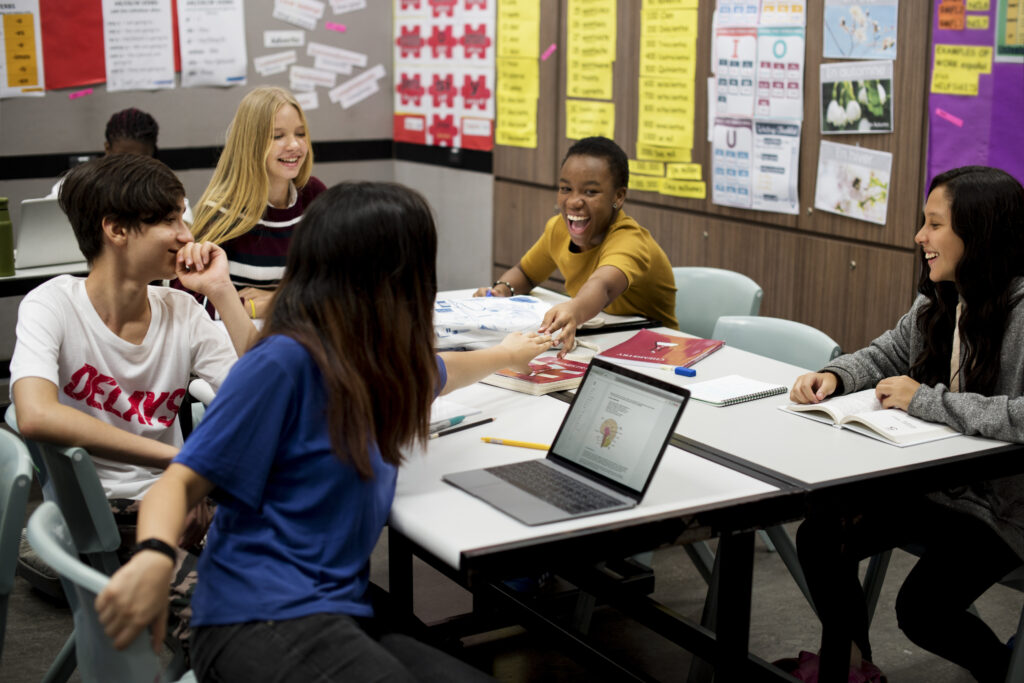As coronavirus warnings spread and the CDC asks us to plan for outbreaks and disruption of normal activity, I worry immensely for students for whom every day of learning matters. Just as great teachers have substitute teacher plans that guarantee their absence will not stall learning, it is time for schools to seriously think about their learning resiliency plans to guarantee that illness closures do not prevent them from fulfilling the mission of advancing student learning. We know income-based reading gaps grow during the summer, so extended time out of school is likely to have the most harmful consequences for the very students whose opportunities and life outcomes depend on education the most.
If schools must close but students are huddled safely at home, it is reasonable to imagine solutions that would allow students to spend that time in useful ways. What can schools do to prepare? What models can schools draw on to piece together virtual learning solutions for students?
I don’t think it is too soon for school leaders and instructional support providers to think through these plans earnestly.
Here are some principles that can guide leader planning:
-
Student and community safety matters most— start there. But, don’t rest until you have a plan that you know will continue students’ learning, especially for those at greatest risk of adverse impact from stalled learning.
-
Identify the students who will be most dependent on the school system for learning solutions and make your plans with those students’ needs in mind. Then, determine how those solutions can scale to all students.
-
Remember that student learning requires good materials, effective teaching, and students engaging in what they are learning. Those ingredients are the same in a virtual context. Find ways to replicate that instruction; don’t disregard what you already know about instruction and the power of high expectations and connection with students.
-
Leverage what you have and, where possible, use products and tools that your team already understands or that are, at least, well tested. Don’t fall for silver-bullet solutions; leverage the materials and tools that are already well known. (We are starting to compile a list of options and will share as soon as we can.)
-
Think of parents as partners, and communicate early and often with them about ways they can support their children’s learning (dedicated time, space, information about assignments/materials, etc.). Be transparent in communications and make sure all stakeholders know how important continued learning is.
Here are a few practical places where you can start preparation:
-
Proactively form your coronavirus response team (likely your leadership team plus key additional perspectives needed). Pool the questions you are receiving from families and your staff and start organizing them into workstreams to drive plans and get answers. If it is not already familiar to your working culture, have your second meeting of this response team virtually. Practice working together virtually to demonstrate that it is possible.
-
Understand what device and internet access your students and teachers have, especially outside of the resources the school provides. If you have a high percentage of students without device or internet access at home, brainstorm other options for sharing materials and connecting with students. Develop a list of other community resources (food pantry, library, community centers) that may be trying to do the same thing and coordinate your efforts.
-
Make sure you have up-to-date contact information for families.
-
Inventory your curricular resources and subscriptions and your technology platforms. Find out what your providers might have that you are not currently using.
-
Ensure teachers are developing a solid understanding of each student’s targeted learning needs (this should be happening anyway). Make sure teachers have virtual access to key assessment data to target learning focus.
And of course, teachers will be important emotional lifelines for students and families. Ensuring teachers feel well cared for, clear, and calm will help them provide that support for students.
Thankfully, children appear to have some powerful immunity to this virus. Taking care of each other well will create the best chances of supporting our children during times of uncertainty. School and system leaders, what else are you considering? What models do you think we should be learning from?
As we receive questions from our partners around supporting instructional planning, we will compile and share what we can that may point to practical solutions and models.



